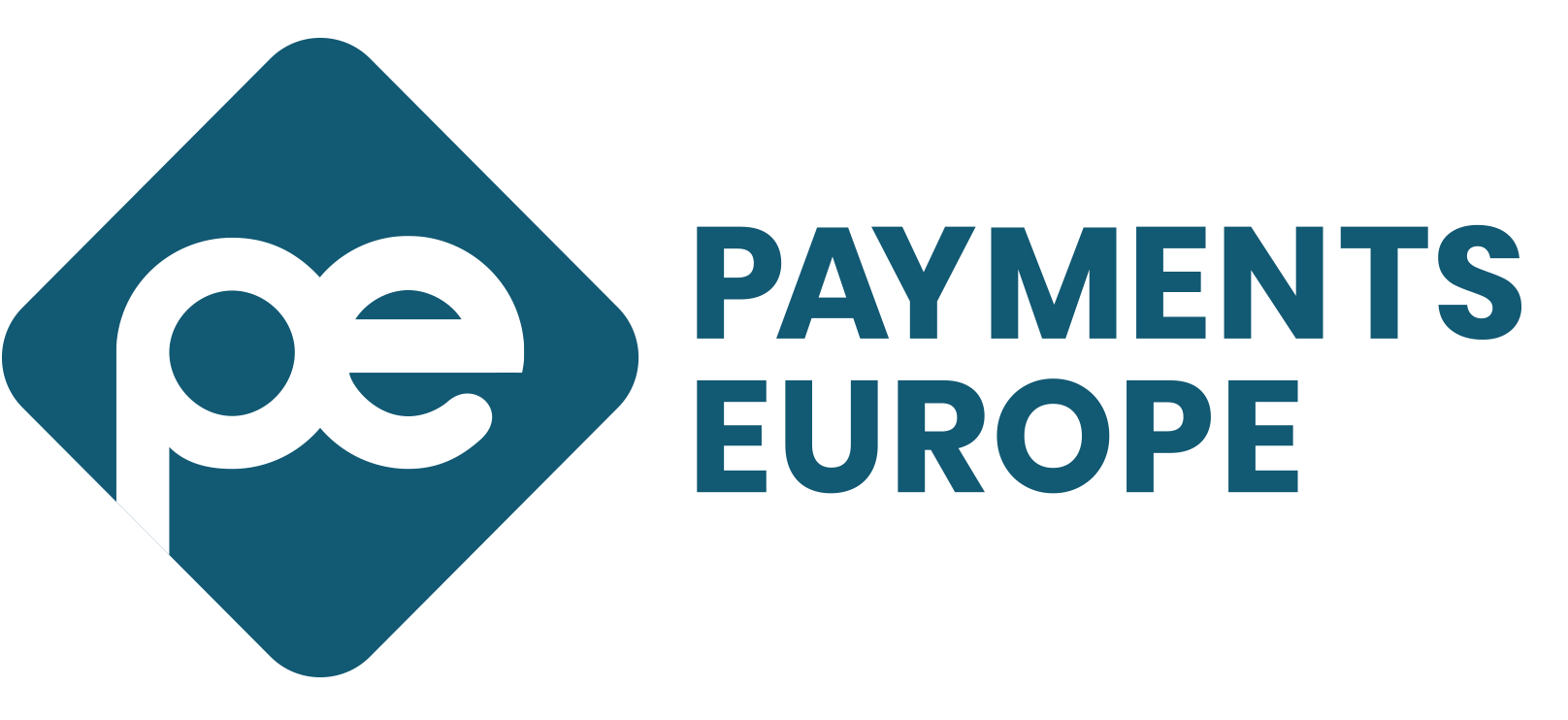KEY TAKEAWAYS
- Payments Europe welcomes that the European Commission has started assessing the impact and consequences of the IFR.
- Since the IFR was proposed in 2013, the European payments market has seen profound changes and continues to evolve at a faster pace than ever before. Some of these changes are a result of the IFR, but many of them have been market driven or are the result of other pieces of regulation.
- The cost of card acceptance for retailers is low and has decreased in recent years. The decrease in interchange fees paid by retailers is one potential element which has contributed to this but other issues such as competition and innovation in acquiring are also key drivers for low card acceptance costs.
- In light of this, we believe that an assessment of the impact of IFR at this stage is unlikely to provide a comprehensive and complete analysis of the impact on the payments market as a whole, as the market continues to develop at an ever-increasing speed.
- Therefore, it is premature to undertake a revision of the legislation and more time is needed to enable the market to evolve itself.
- Payments Europe encourages the European Commission and Member States to focus on enforcing the current legislation before proposing any additional legislation.
THE EUROPEAN PAYMENTS LANDSCAPE IS COMPETITIVE AND EVOLVING AT FAST PACE
The European payments landscape is vibrant and competitive with a multitude of providers of payments services and a wide range of different payments solutions to choose between. Most euro retail payments transactions are still made in cash (1) and in addition to this, consumers and retailers have access to numerous electronic payments solutions such as cards, mobile wallets and instant payments. In recent years, the use of mobile wallets and instant payments has increased significantly and most consumers in Europe have access to and use several payments methods (2). With the application of new legislation such as the open banking requirements in the revised Payments Services Directive (PSD2), the number of providers and solutions is set to increase even more.
Cards play an important role in the payments landscape but still only make up around half of non-cash transactions in Europe (3). Within the cards space, there are several brands available to consumers and retailers to choose from. In addition to the international 4-party card schemes (Visa & Mastercard), there are nine domestic card schemes active in Europe. In the countries where a domestic card scheme is present, it normally has a very high market share on debit card transactions within that market (4). There are also several non-European card schemes active in Europe such as American Express (US), JCB (Japan) and China Union Pay (China). In the e-commerce market several strong players such as PayPal, Amazon or iDEAL are present and have high market shares.
The IFR was proposed in 2013 and has been in effect since 2015. During this time, the payments market has undergone profound changes and the competitive landscape has evolved significantly. Digitalisation and new technical innovation have changed the way Europeans shop and pay with a significant growth in e-commerce and crossborder commerce.
The revised Payment Services Directive (PSD2) has altered, and the continuing work around instant payments will further alter, the competitive landscape. Against this backdrop, it becomes very difficult to assess the impact of the IFR in isolation on the payments market.
COST OF CARD ACCEPTANCE IS LOW, AND INTERCHANGE IS ONLY ONE FACTOR
Several studies indicate that card acceptance cost has decreased in recent years (5)(6)(7). One of the potential reasons behind this could be the decrease in interchange fee levels brought about by the IFR. However, there are other factors which have impacted, and will continue to impact card acceptance costs. For smaller retailers, fees set on a per transaction basis (such as interchange) are less impactful than other costs to the overall cost of acceptance. The underlying reason for this is that payments in general are characterized by economies of scale. Therefore, the size of the retailer/transaction volume is a key driver of acquiring pricing, which is why the larger retailers have benefited the most from interchange fee capping. Acquirers are also likely to set merchant pricing based on several other carefully calibrated factors, including merchant risk, complexity of integration and other value-added services provided. The acquiring market is changing at a fast pace and innovation and competition has increased and is continuing to increase. This will be particularly important for smaller retailers who are benefitting from these innovations.
In light of this, Payments Europe believes more time is needed to enable the market to evolve itself, given how rapidly the payments market is currently developing, before any further regulatory intervention is considered.
APPLICATION AND ENFORCEMENT OF THE IFR
IFR is directly applicable in all Member States since 2015. However, the enforcement of the Regulation as well as the interpretation of certain provisions differ between Member States. This has led to an uneven playing field and industry confusion around how certain provisions should be interpreted.
Choice at Point of Sale (POS): The provisions around choice at POS have been interpreted differently between Member States and there is limited enforcement around how this is applied in practice. The aim of the provision was to put the choice of payment brand in the hands of the consumer, but it is most often the retailer who decides which payment brand is to be used. The European Commission and NCAs should work together in order to have a common understanding of which solution is compliant with the legislative text and monitor the adherence to the definition as intended by the colegislators.
Competition issues in national markets: Our acquiring members have experienced difficulties entering markets which are dominated by a domestic scheme with a dominant processor. As outlined above, competition between acquirers is key to lower costs of card acceptance and the inability to enter certain markets leads to higher costs for retailers. We therefore believe National Competent Authorities (NCAs) together with the European Commission should consider appropriate measures to establish effective competition in national markets.
Commercial cards: The decision to exempt commercial cards from the IFR caps was made primarily because they have a very limited market share and were not reasonably expected to serve as a substitute for consumer cards. The commercial cards market was also deemed to have a different competition dynamic compared to the consumer cards market with more providers – such as a higher market share of three-party card schemes. This is still the case. Looking at the consequences of regulation, the commercial cards market share did not grow significantly as a result of the IFR (8), which suggests that safeguards to prevent circumvention are working well. Any evidence suggesting the opposite should be examined by the NCAs. Moreover, merchants can refuse or surcharge commercial cards.
CONCLUSION
It is close to impossible to measure the isolated effects of IFR alone on the payments market. There is a range of other factors that are affecting – and are continuing to impact – the sector simultaneously, which should be allowed to evolve under market forces. It is therefore premature to amend the IFR at this stage. Payments Europe however welcomes efforts to ensure that existing regulation is enforced consistently across the EU.
Footnotes:
- “The use of cash by households in the euro area”, European Central Bank, November 2017, Available at: https://www.ecb.europa.eu/pub/pdf/scpops/ecb. op201.en.pdf
- “Cards in the evolving European payments landscape”, Payments Europe, December 2019. Available at: https://www.paymentseurope.eu/wp-content/
uploads/2019/12/Payments-Europe-Report_Cards-in-the-evolving-Europeanpayments-landscape.pdf - “Card payments in Europe – current landscape and future prospects”, European Central Bank, April 2019. Available at: https://www.ecb.
europa.eu/pub/pubbydate/2019/html/ecb.cardpaymentsineu_currentlandscapeandfutureprospects201904~30d4de2fc4.en.html#toc1 - “Study on the application of the Interchange Fee Regulation”, EY & Copenhagen Economics, March 2020. Available at: https://ec.europa.eu/
competition/publications/reports/kd0120161enn.pdf - “The impact of the interchange fee regulation on merchants: evidence from Italy”, Banca d’Italia, June 2018. Available at: https://www.bancaditalia.it/pubblicazioni/qef/2018-0434/index.html?com.dotmarketing.htmlpage.language=1
- “Study on the application of the Interchange Fee Regulation”, EY & Copenhagen Economics, March 2020. Available at: https://ec.europa.eu/competition/publications/reports/kd0120161enn.pdf
- “The functioning of the electronic payment market in Belgium”, Belgian Institute for National Accounts, May 2019. Available at: https://economie.fgov.be/nl/publicaties/de-werking-van-de-markt-van-de
- “Interchange Fee Regulation (IFR) Impact Assessment Study Report”, Edgar, Dunn & Company (EDC), January 2020. Available at: https://edgardunn.com/2020/01/interchange-fee-regulation-impact-assessment-study-report/

